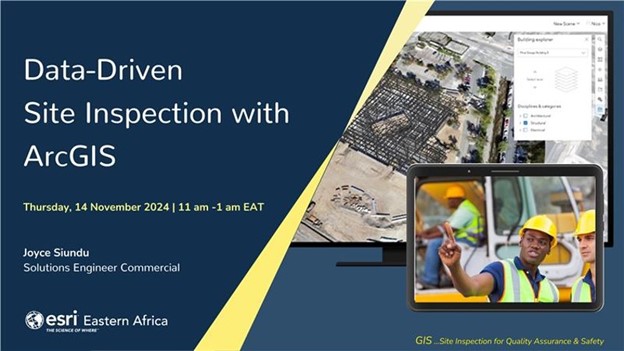Automation of Dynamic Data Updates from Google Spreadsheets
August 24, 2022 2022-08-24 13:30Automation of Dynamic Data Updates from Google Spreadsheets
Automation of Dynamic Data Updates from Google Spreadsheets
In a world where automation is gradually taking over so many business processes. Companies in a variety of industries still rely on the time-consuming process of employees entering information from forms into computer systems. Moving to automated data capture will put businesses on a much more secure footing, allowing them to grow and thrive in a data-rich future. Automation of data is a rising trend in the GIS industry to reduce workflow processes.
Thanks to our Q2 interns you can now automate dynamic data updates for your customers from Google sheets using a python script tool for ArcGIS, which feeds into feature service on ArcGIS Online.
Remember the panic when the first case of COVID-19 was announced and then the nationwide spread within weeks, we watched the existing data systems collapse because they were not dynamic enough to keep up with how fast the virus was spreading. Health workers had to divide their time between administering treatment and compiling reports. This made it hard to make decisions because most data was incomplete, inaccessible, or irregular existing only on paper instead of central database in most health facilities.
This project aims at answering one question; what if the Ministry of Health had an automated end to end system in all health facilities that handled data, cleaned it, and worked on it to extract necessary information and produce key insights with little human intervention?
Objectives of the project
The project aims at providing a solution with the need to update and gain insights from dynamically created data. It also aims at:
- Automating dynamic earthquake data updates, processing, and display from google sheets
- Converting csv file and creating an online feature service
- Cleaning of the data to remove duplicates, null values, and erroneous information
- Updating the online feature layer with new data
- Creating a dashboard, displaying real time data
The project is important because:
With this project, businesses and health ministry can achieve the following:
- Faster response time – Data is uploaded autonomously. A computer can open and execute tools in a much faster sequence than you can by pointing and clicking allowing health professionals to attend to areas in dire need of treatment.
- Reduced human resource costs – This algorithm allows you to free personnel from manual data entry as it can fully run and update information as needed without human intervention.
- Lower error risks – Automation improves work accuracy. There is always the possibility of error when performing a manual task on a computer. The likelihood increases with the number and complexity of steps in your analysis, as well as the fatigue caused by repeatedly performing the task. In contrast, once an automated task is configured, a computer can be relied on to repeat the same sequence of steps for an indefinite number of cycles.
- Replicability – The script is simple and can be used across various industries and sectors to help in a fast, automated, and coordinated response.
This script will benefit the health industry in coordinating COVID-19 data coaction, analysis, and response. However, it can also be used to work on famine relief, supply chain monitoring and other fields.
This webinar also includes projects done by our Uganda and Tanzania interns on providing solutions to various industries. To sign up for our training program click here







